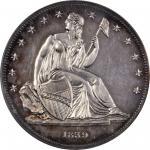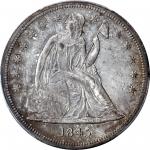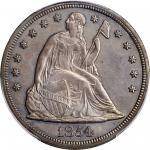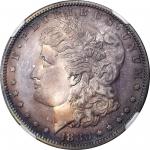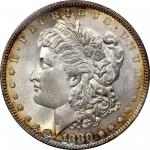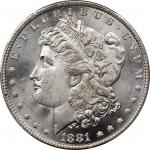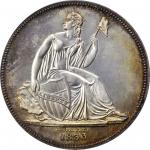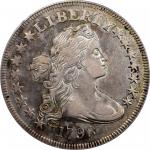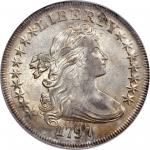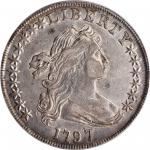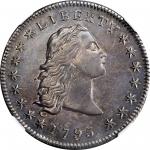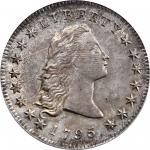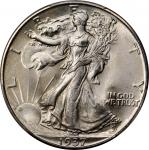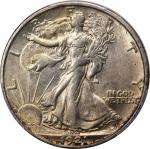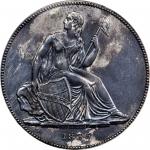1836 Gobrecht Silver Dollar. Name on Base. Judd-60 Original, Pollock-65. Rarity-1. Dannreuther Reverse Die State e. Silver. Plain Edge. Die Alignment I. Proof. AU Details--Repaired (PCGS).With plenty of sharp to full striking detail, this relatively pleasing example is sure to catch the eye of budget minded type collectors seeking an example of this elusive silver dollar design. The obverse is toned in mottled steel-blue patina, while the reverse is brilliant apart from delicate champagne-pink peripheral highlights. Both sides exhibit wispy hairlines from a cleaning, closer inspection with a loupe revealing evidence of tooling that helps to explain the PCGS qualifier. Much of the semi-reflective finish remains, however, and it is best appreciated with the aid of direct lighting. The 1836 Name on Base is the first United States silver dollar issued for circulation since 1804, and it is also the initial issue in the brief, beautiful and challenging Gobrecht series. Mint records indicate that 1,000 examples of this type were struck for circulation in December 1836, all in Proof format. Survivors are attributed as Die Alignment I, II or IV. Recent research by Craig Sholley, John W. Dannreuther and Saul Teichman has confirmed that all three die alignments are part of this 1,000-piece mintage. The reason for the different die alignments is that the Mint was having difficulty striking these large coins, the first silver dollars it produced in quantity in 32 years. Either Mint personnel did not properly design the planchet feeder fingers for coins of this denomination, or they used feeder fingers originally intended for half dollar production. In either case the fingers kept slamming into the reverse die during striking, forcing Mint employees to rotate the dies and adjust the feed mechanism in an effort to trouble shoot the problem. This tinkering explains the three known die alignments, as well as tiny nicks progressing around the border of the reverse die. As with many 1836 Gobrecht dollars, this piece acquired wear from circulation after having been distributed into commerce through banking channels. Its survival is likely due to a sharp-eyed bank teller or collector who, during the later decades of the 19th century, recognized the rarity and desirability of silver dollars of this design type and set the coin aside as numismatically significant.

